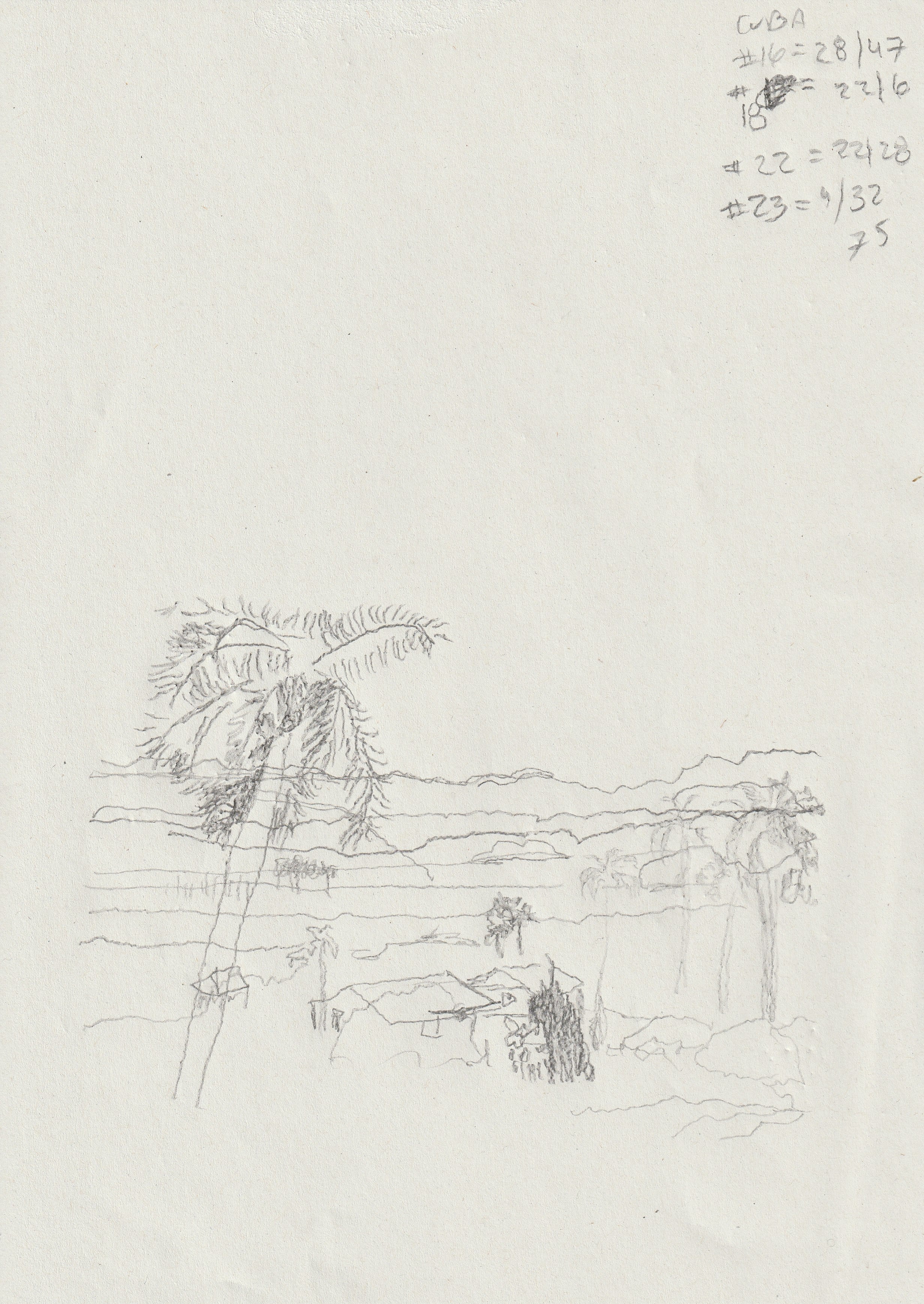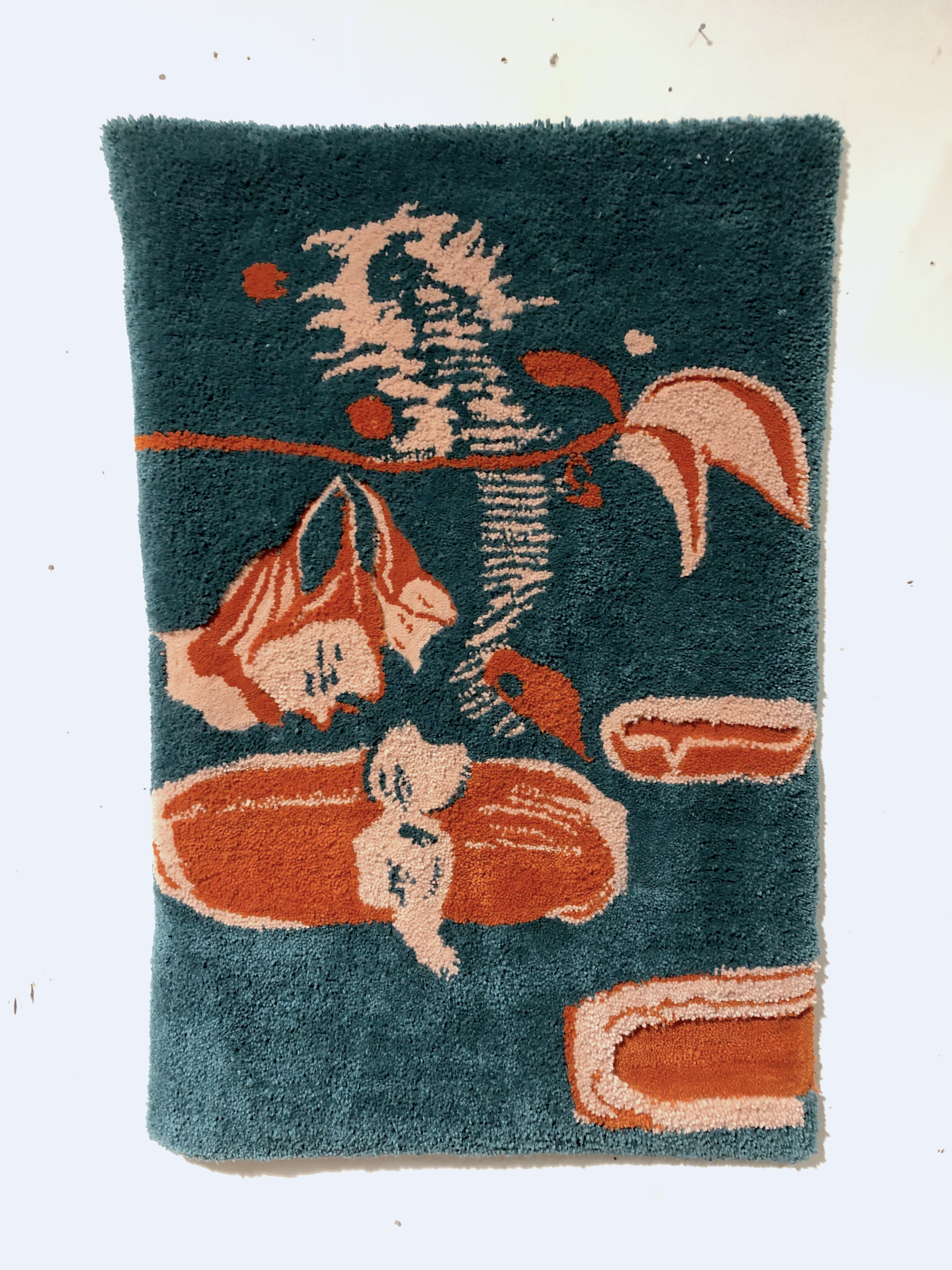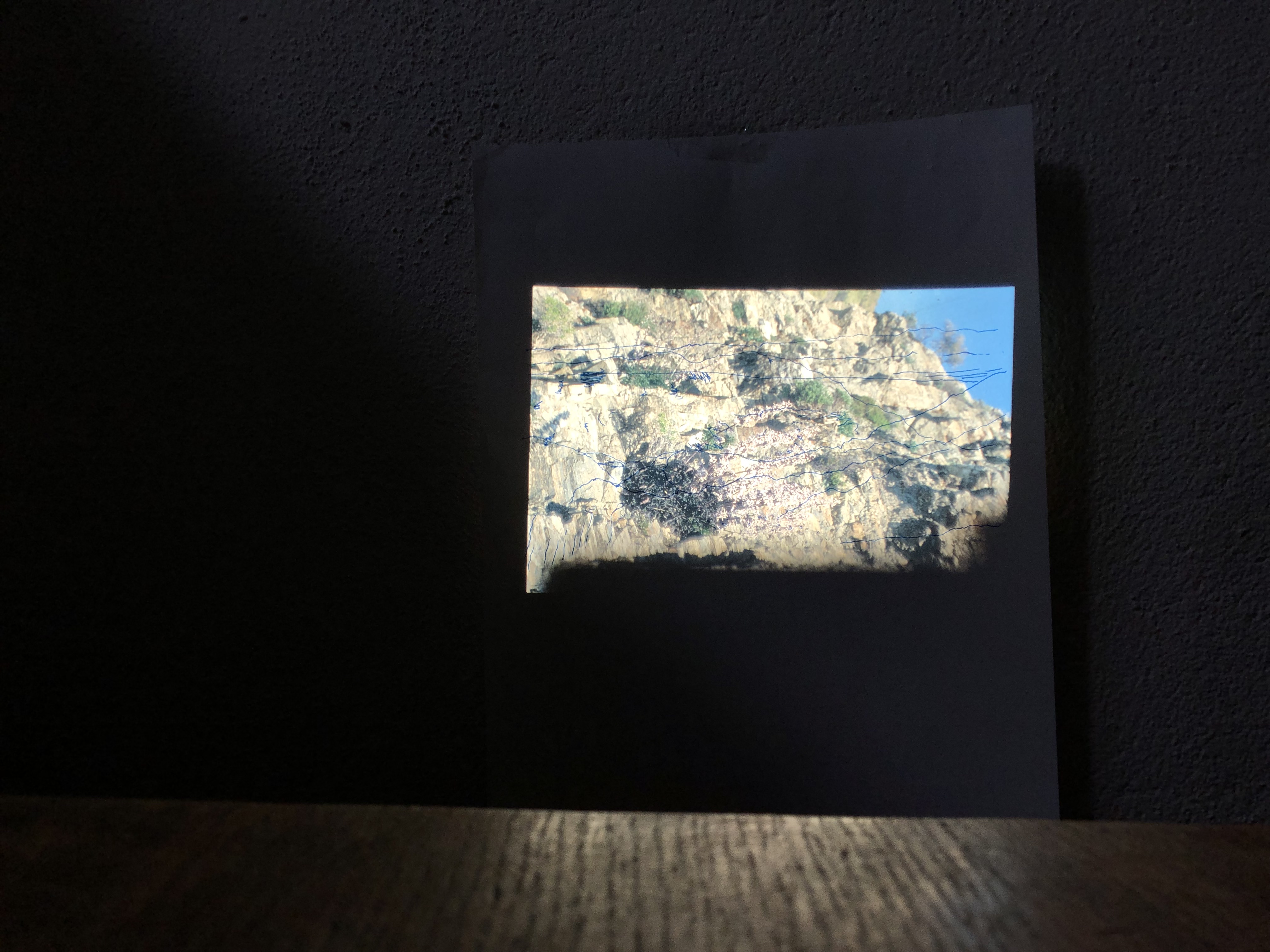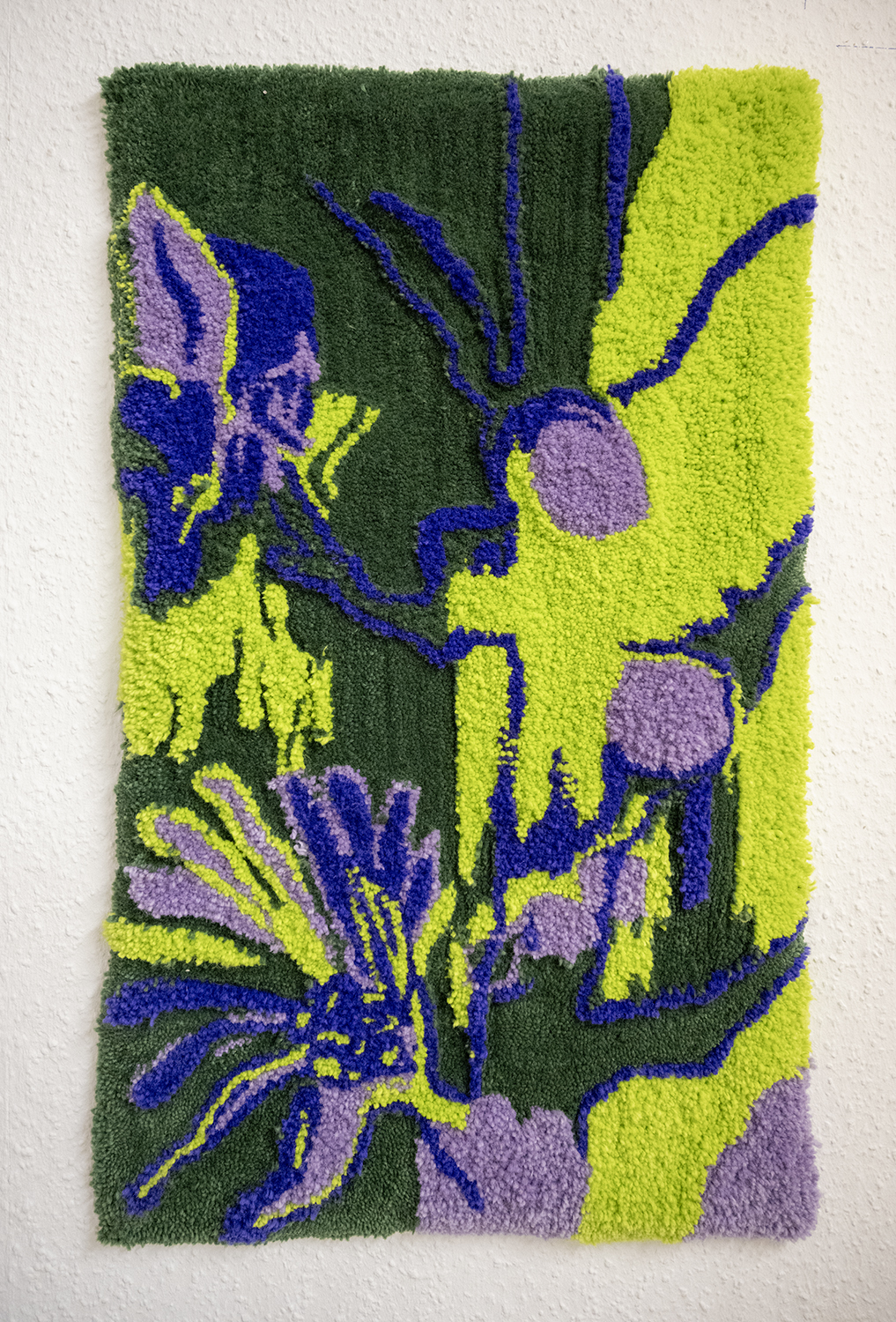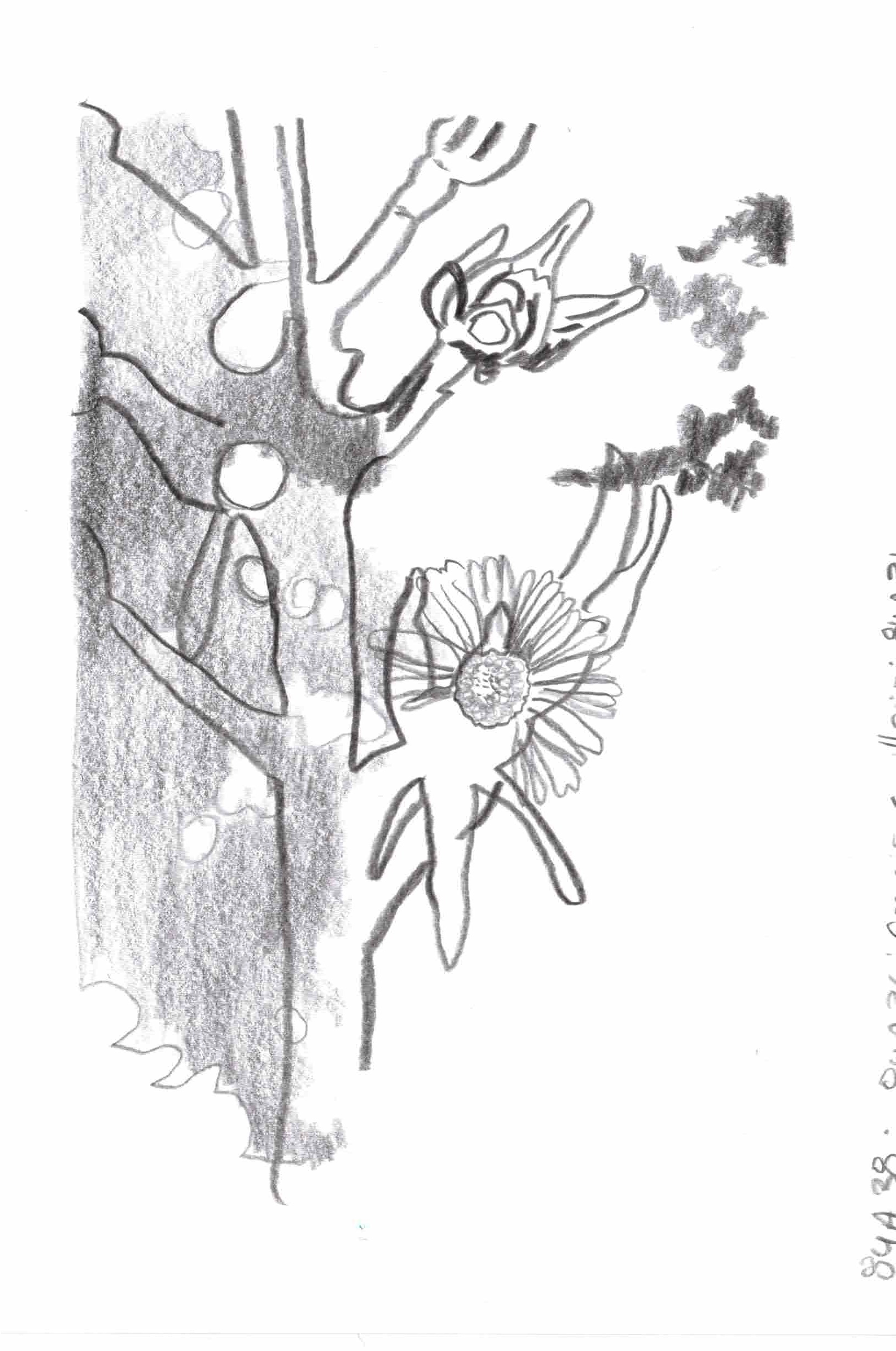Hausknecht Herbarium Archives
2023
tufted 2D works, CNC laser cut wood work, scans of pencil and pen drawings on A4 and A5 papers, and photographs from the Hausknecht Herbarium Archives.
This artistic research project touches on systems of archiving, categorizing, and identifying subjects through the lens of botanic science photography. I spent two days in the Slide Film Photo Archives of the Hausknecht Herbarium and visually recorded what I observed to be the compositions and subjects of botanical photography.The Hausknecht Herbarium is the largest in Europe with over 3.5 million plant specimen.
As a former photography student, I am interested in the nuanced differences between scientific botanical photography and decorative botanical photography. The photographers of these slide images were biology scientists or professors studying these landscapes and plants while on school excursions with the university of Jena.
As a physical act to understand the composition of these images, I began tracing what I percieved to the subject matter at hand. Is the photograph about the bulb of the flower? The leaf of the plant? The variety of plants on the field or the field itself?
Overlapping multiple presumed “subjects” from different slide images, I create an unpredictable composition of botanical specimen based off the footage I found in the archives. These new compositions deconstruct the identity of the subjects at hand, leaving hints of plants, landscapes, and non-human subjects to be seen but not necessarily scientifically understood.
The compositions of these drawings are made by my studies of these botanical scientist studies. Just as they perhaps did not know what they would encounter or photograph on these excursions, I also did not know what type of new landscape or botanical compositions I would generate. You will note letters and numbers on the edges and sides of the drawings I made. Those are the same notations that were marked on the slide film that the scientists used to either categorize or archive the footage.
As I continued going though the archives it became apparent that most scientists and students on these excursions are male. My visual research turned into an exploration of the male gaze towards plants. I re-presented the drawings and tracings of these slide images as tuftings and wooden sculptures. Below you can see the progress and shapes these drawings have taken. Most of the tufted works are 90 x 60 cm format while the drawings are all most A4 and A5.
This is an ongoing project and there is a lot more to unpack.
Many thanks to all at the University of Jena, Jena Botanical Gardens, and Kuenstlerische Tatsachen who helped with this project, research, and access to the Herbarium and it’s archives.


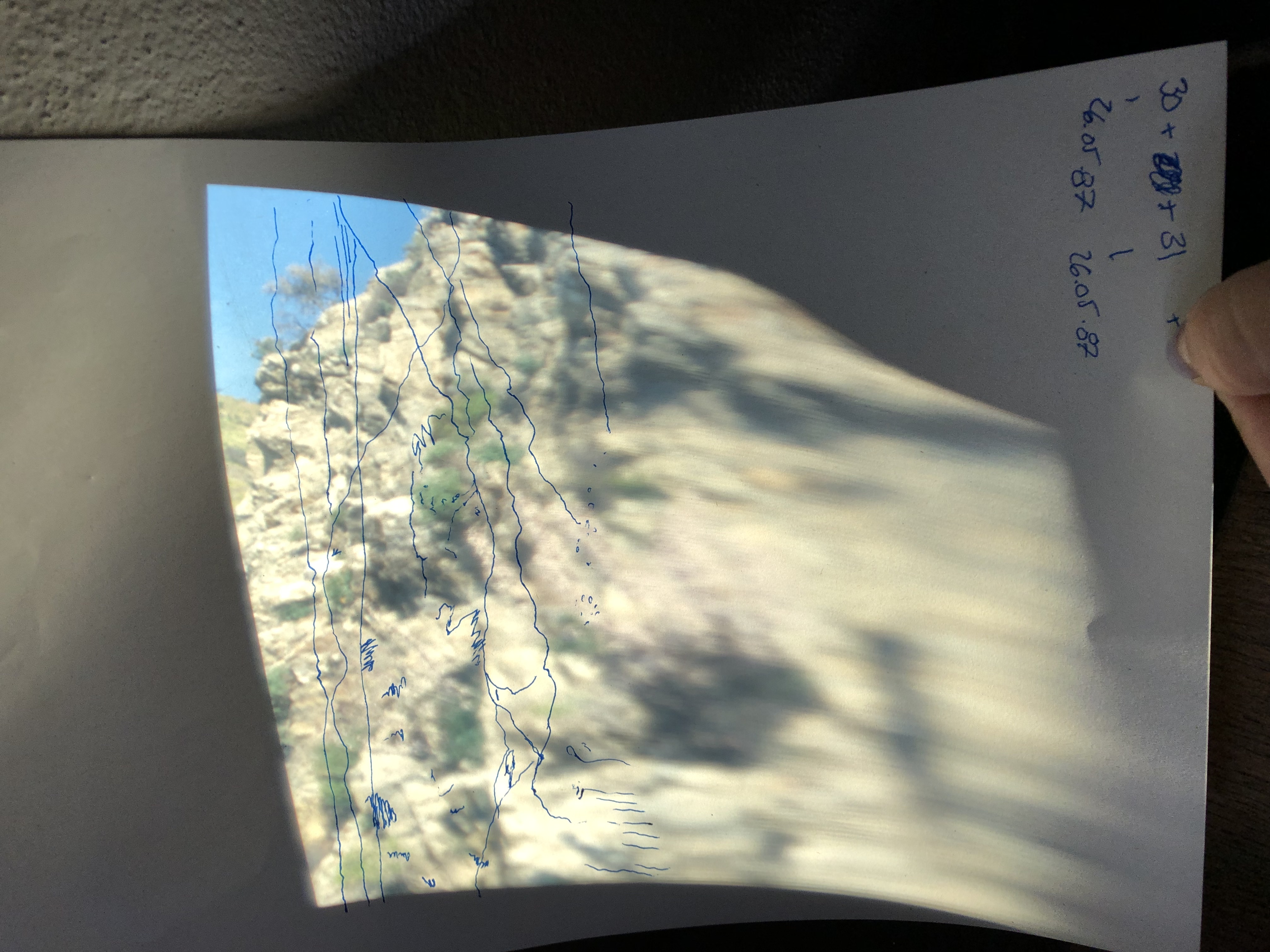





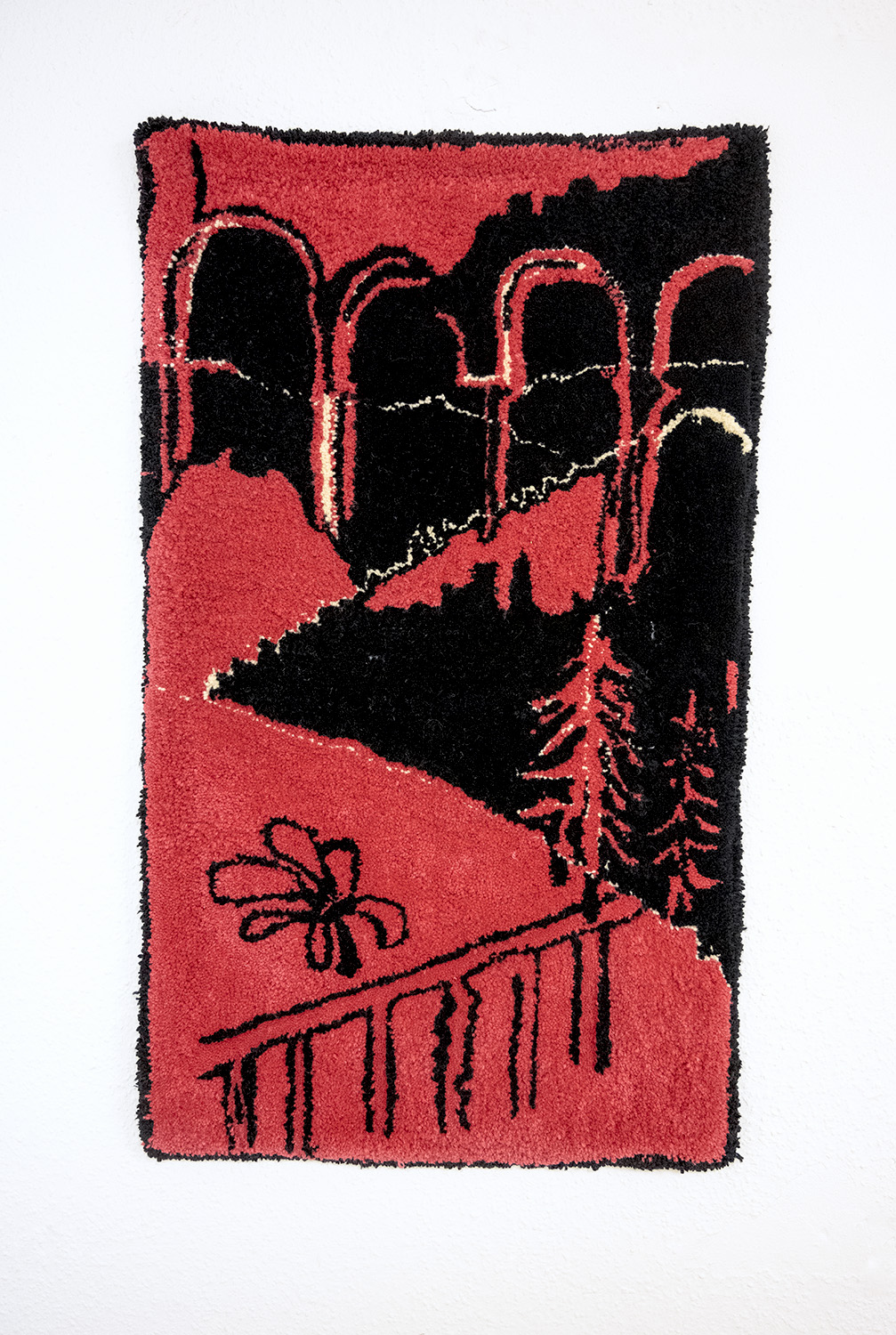
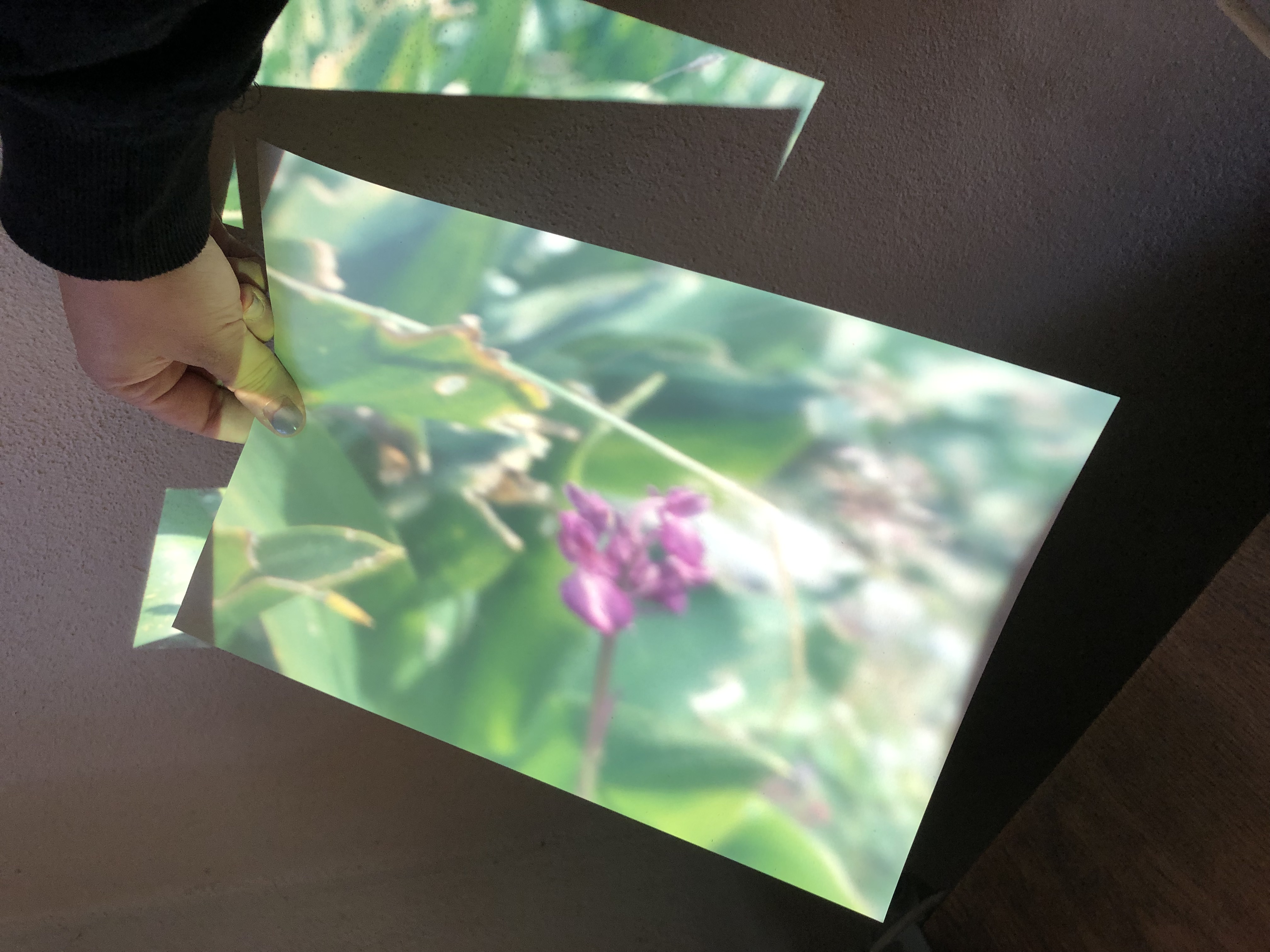
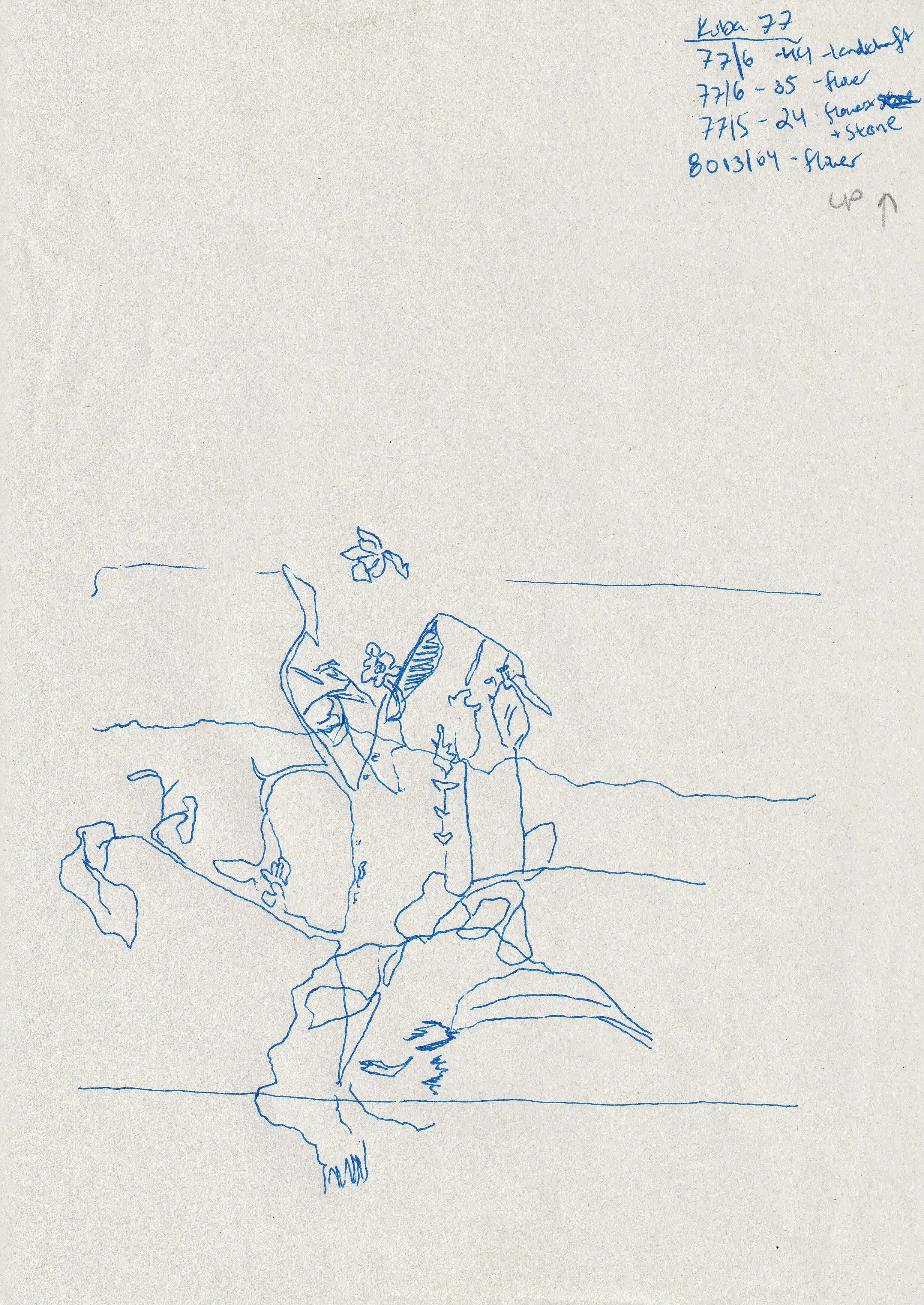

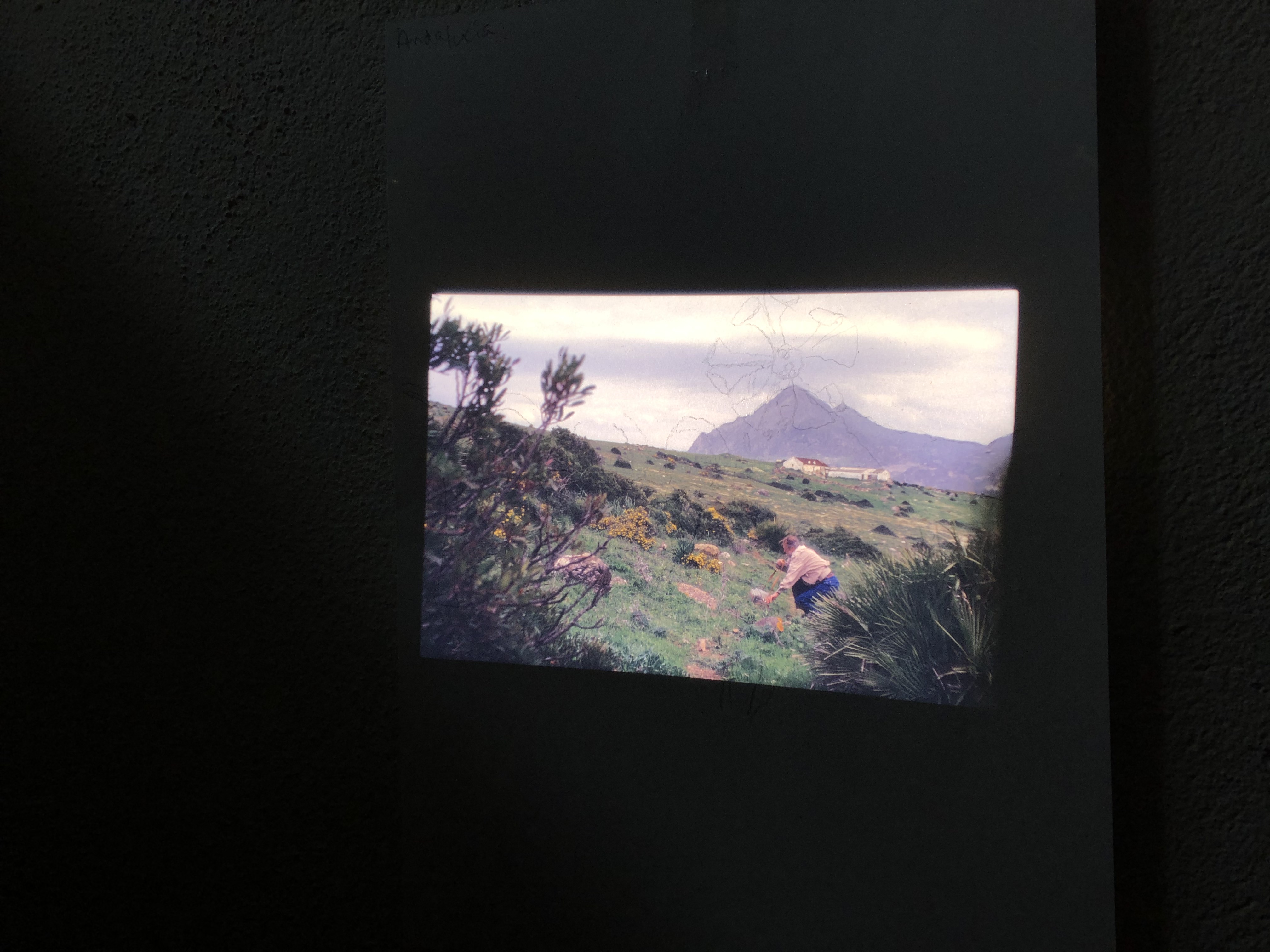
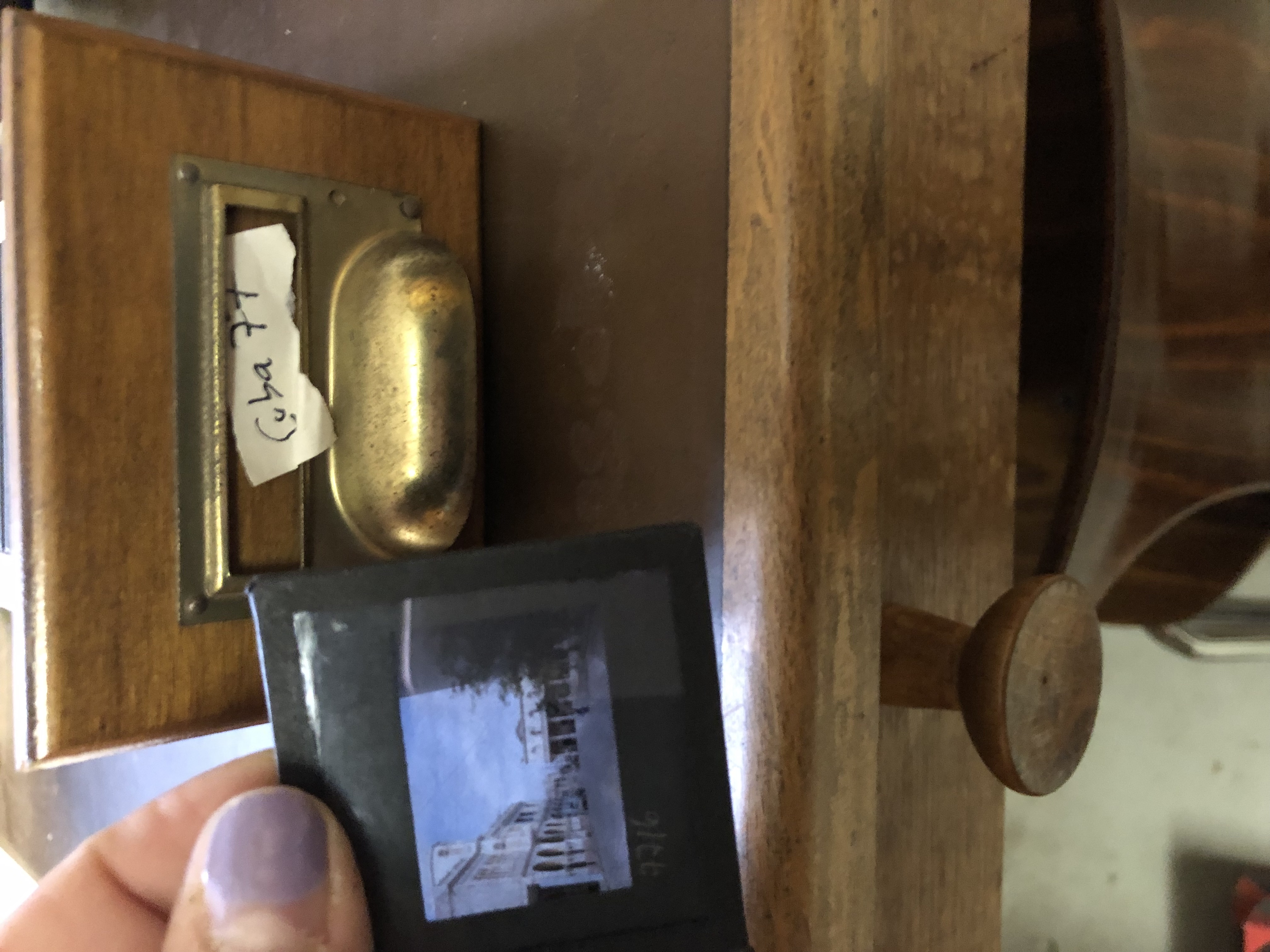



Through the tufting process, I explored limiting myself to 3-4 colors and intuitively selected wool colors, patterns, and textures inspired by my trace drawings.

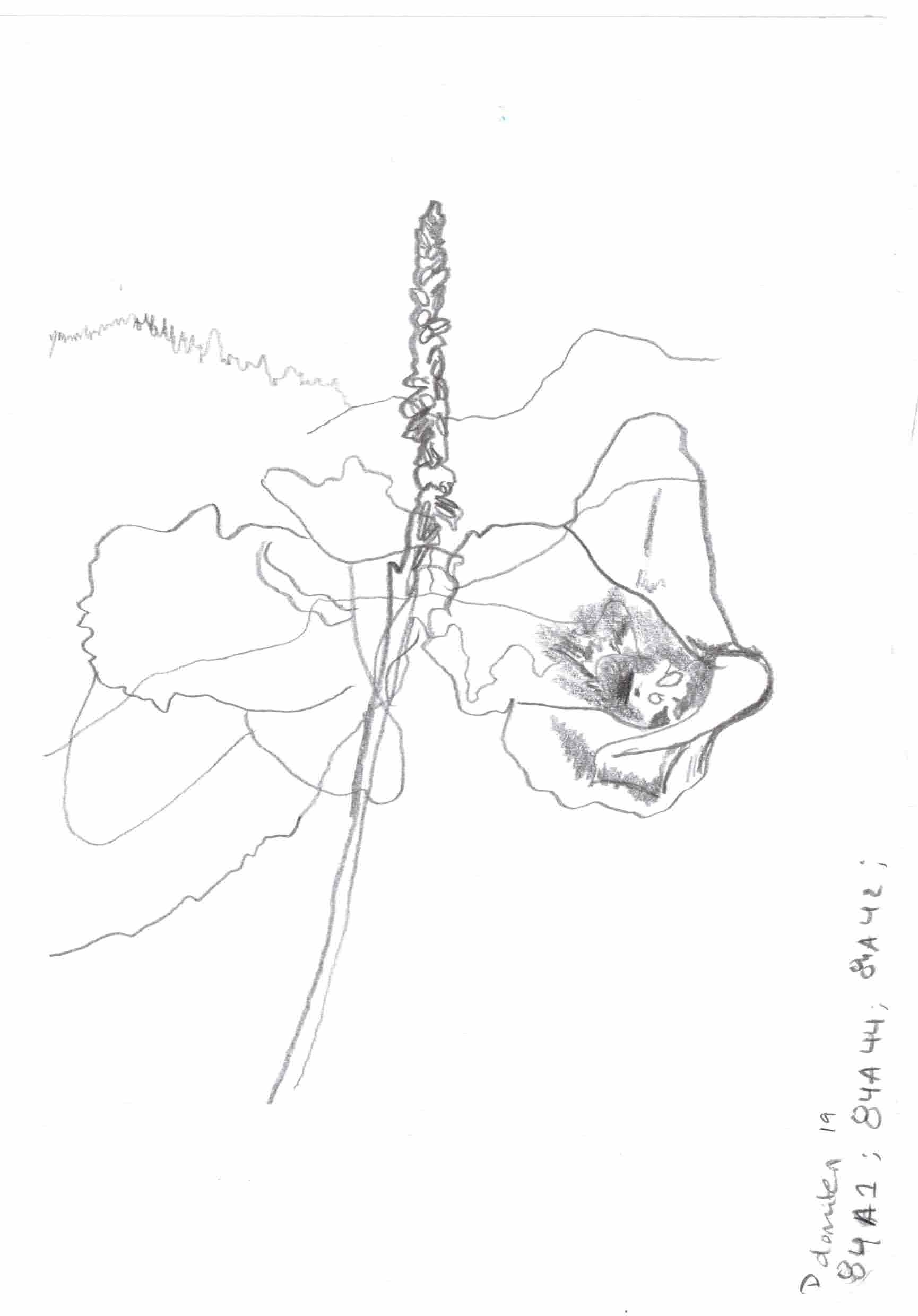

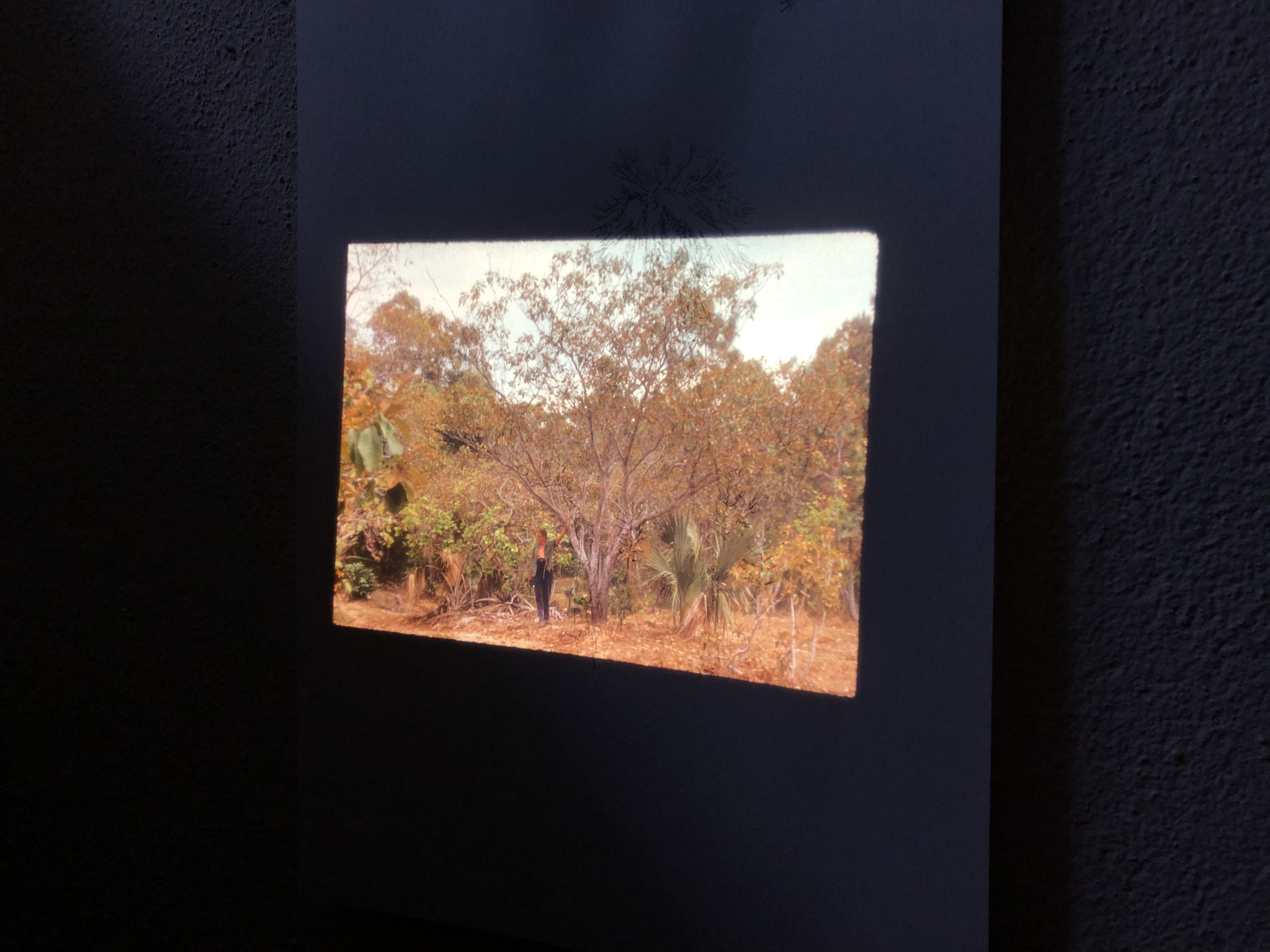
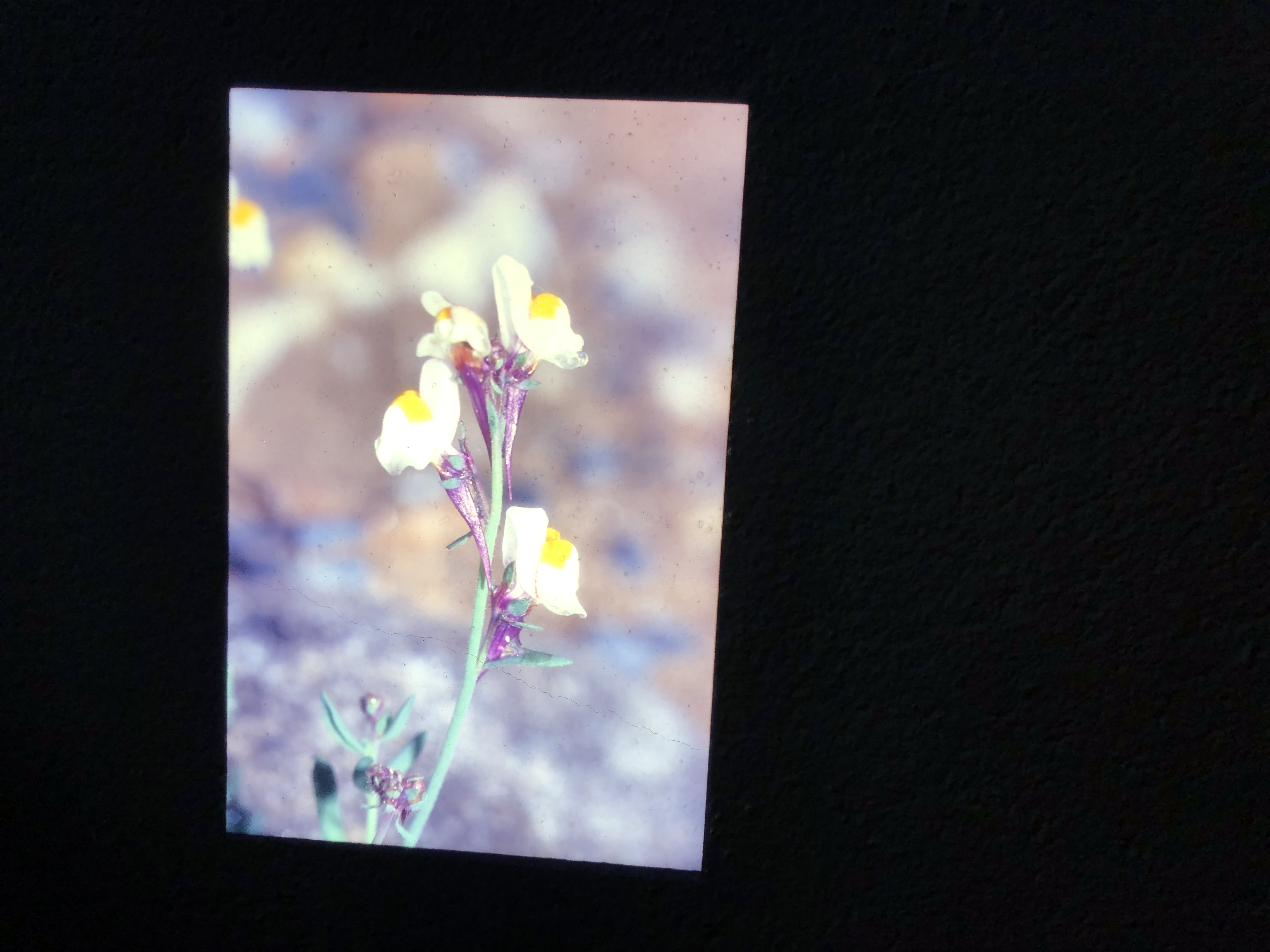
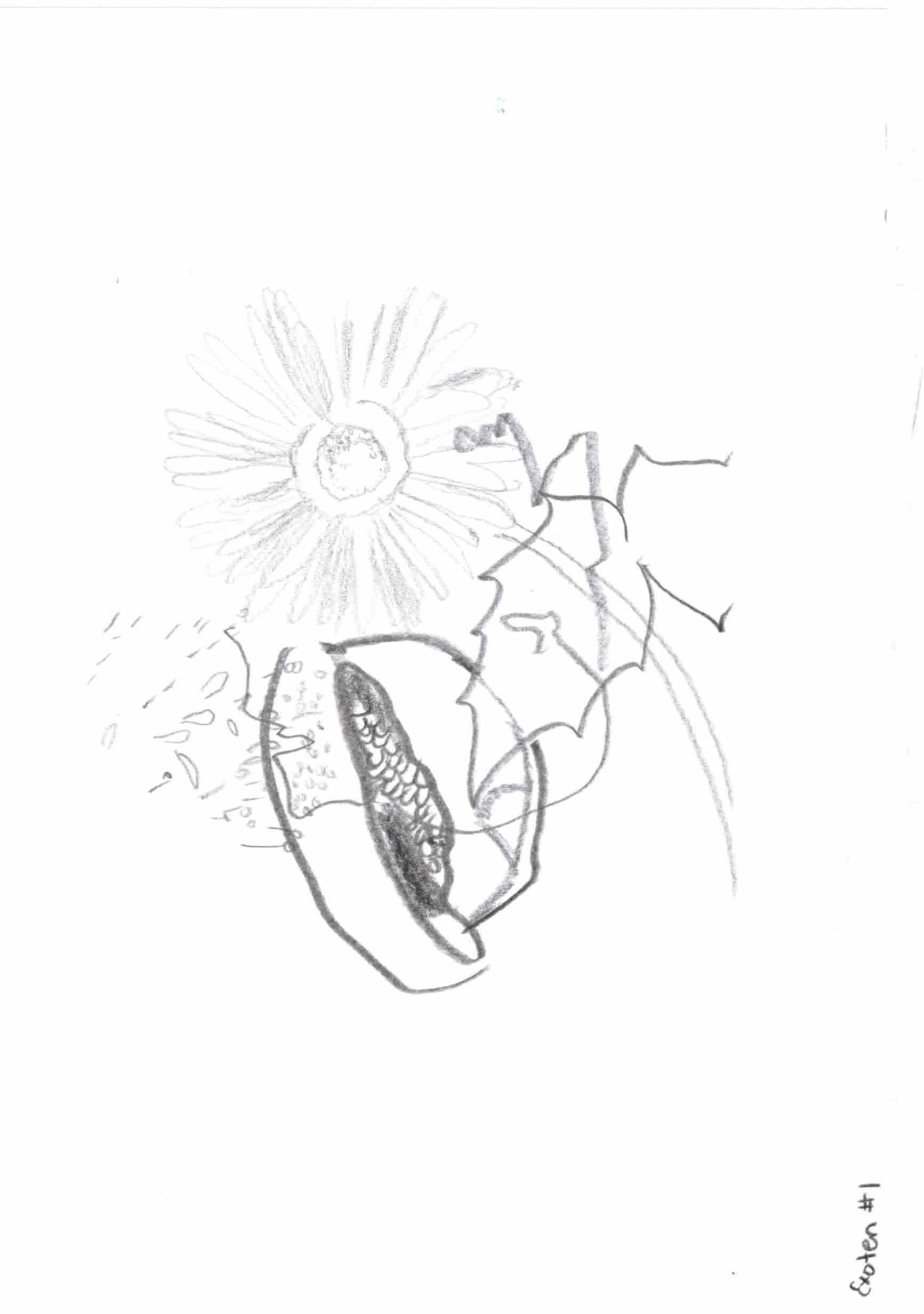
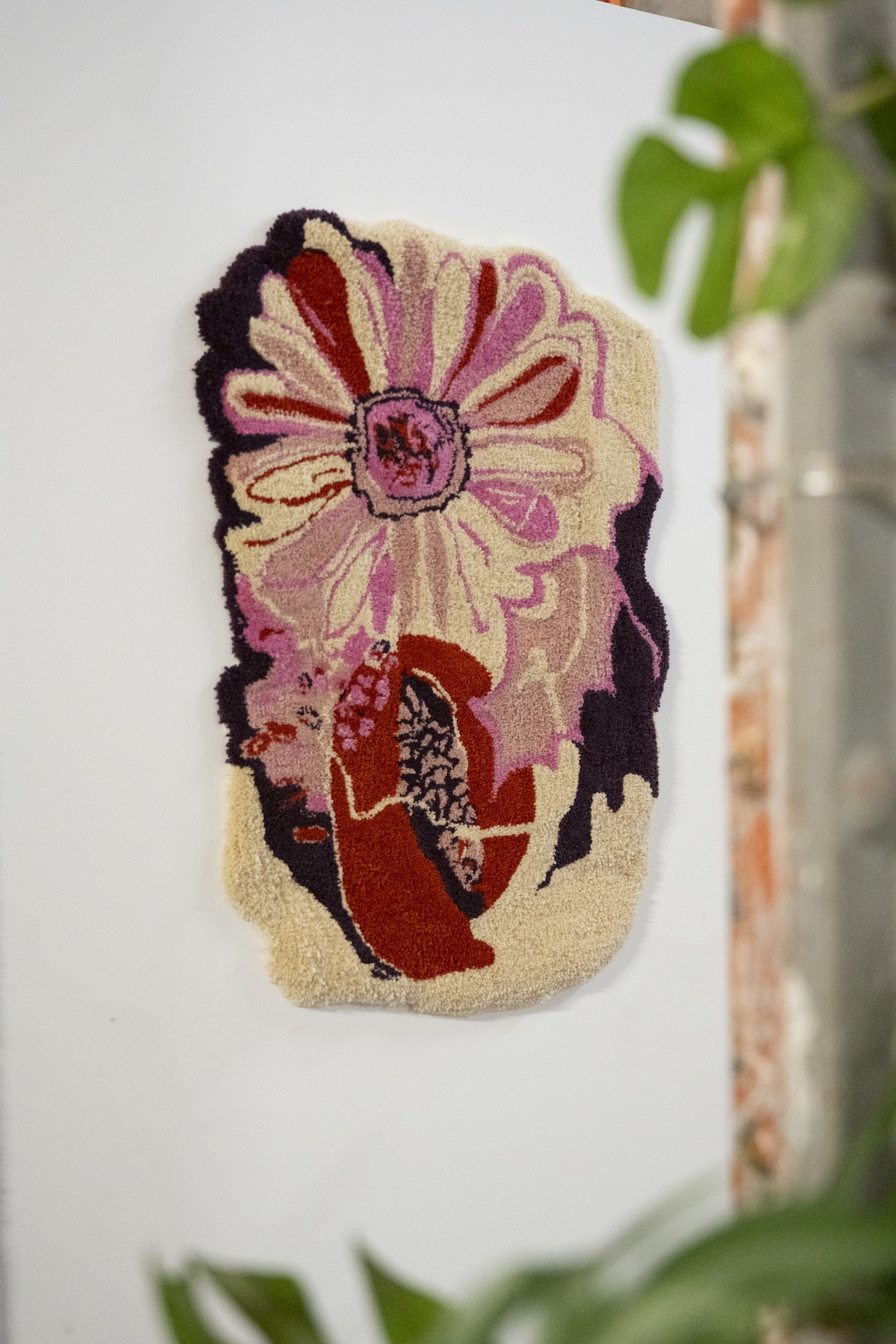

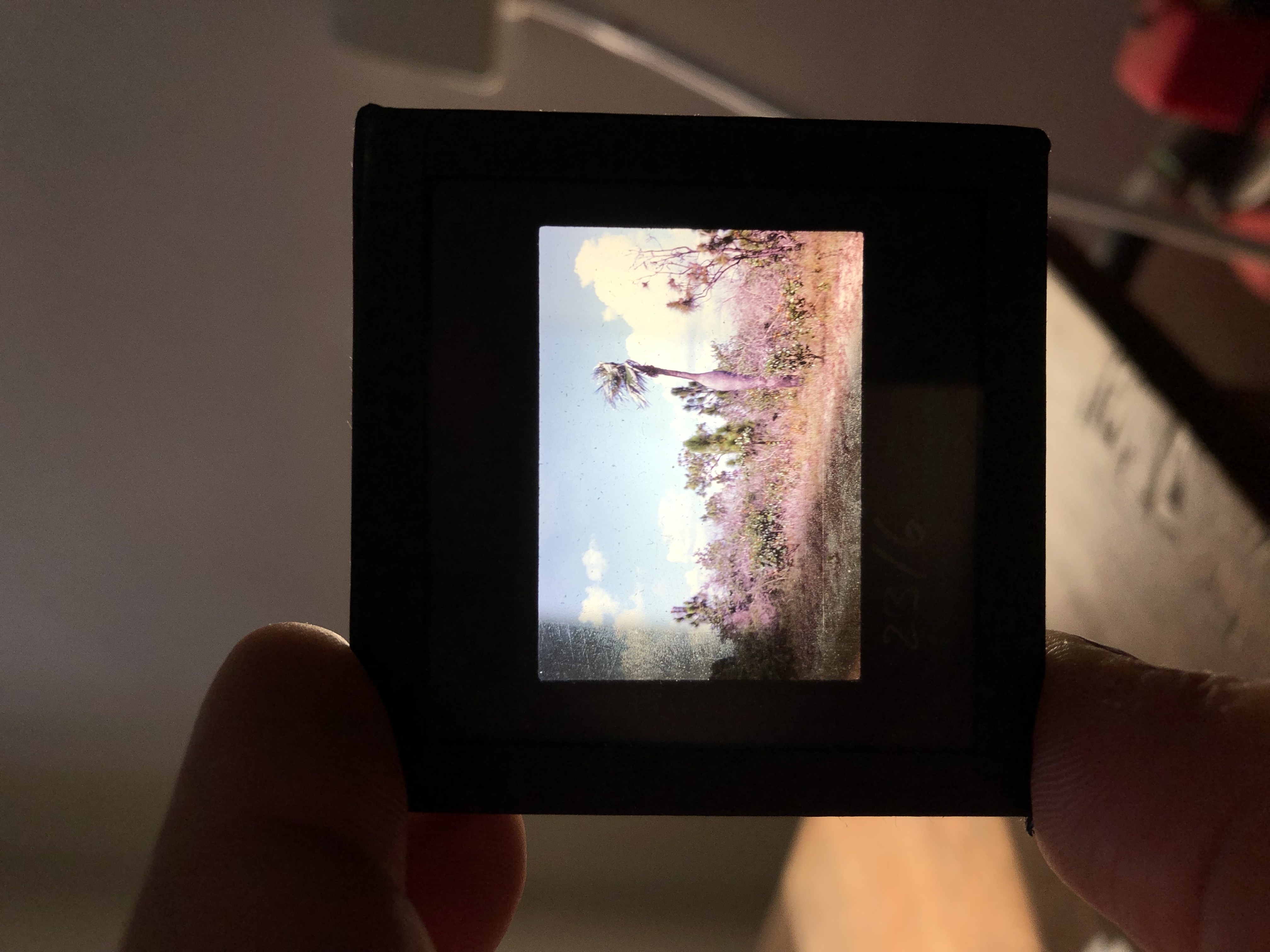
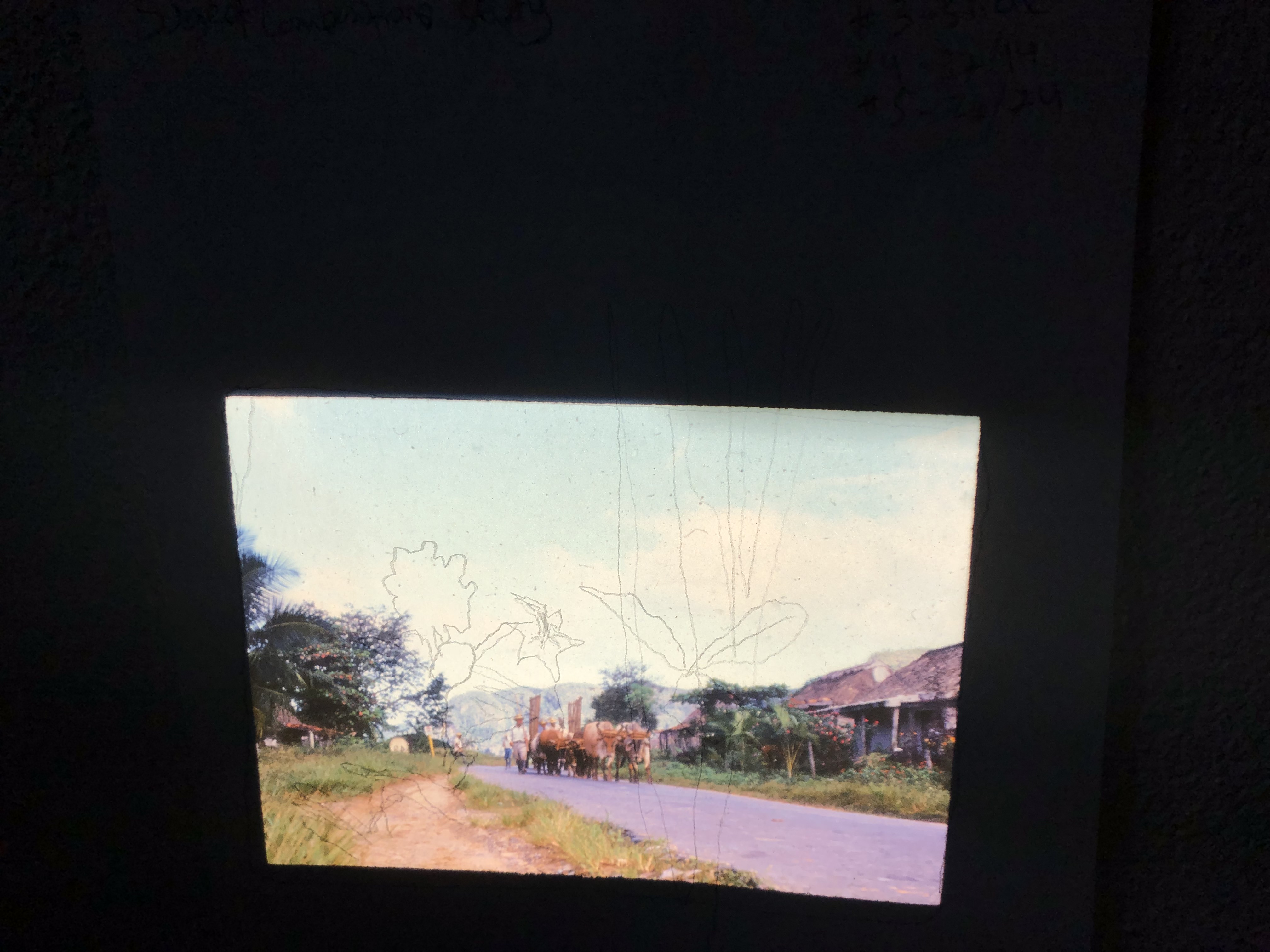
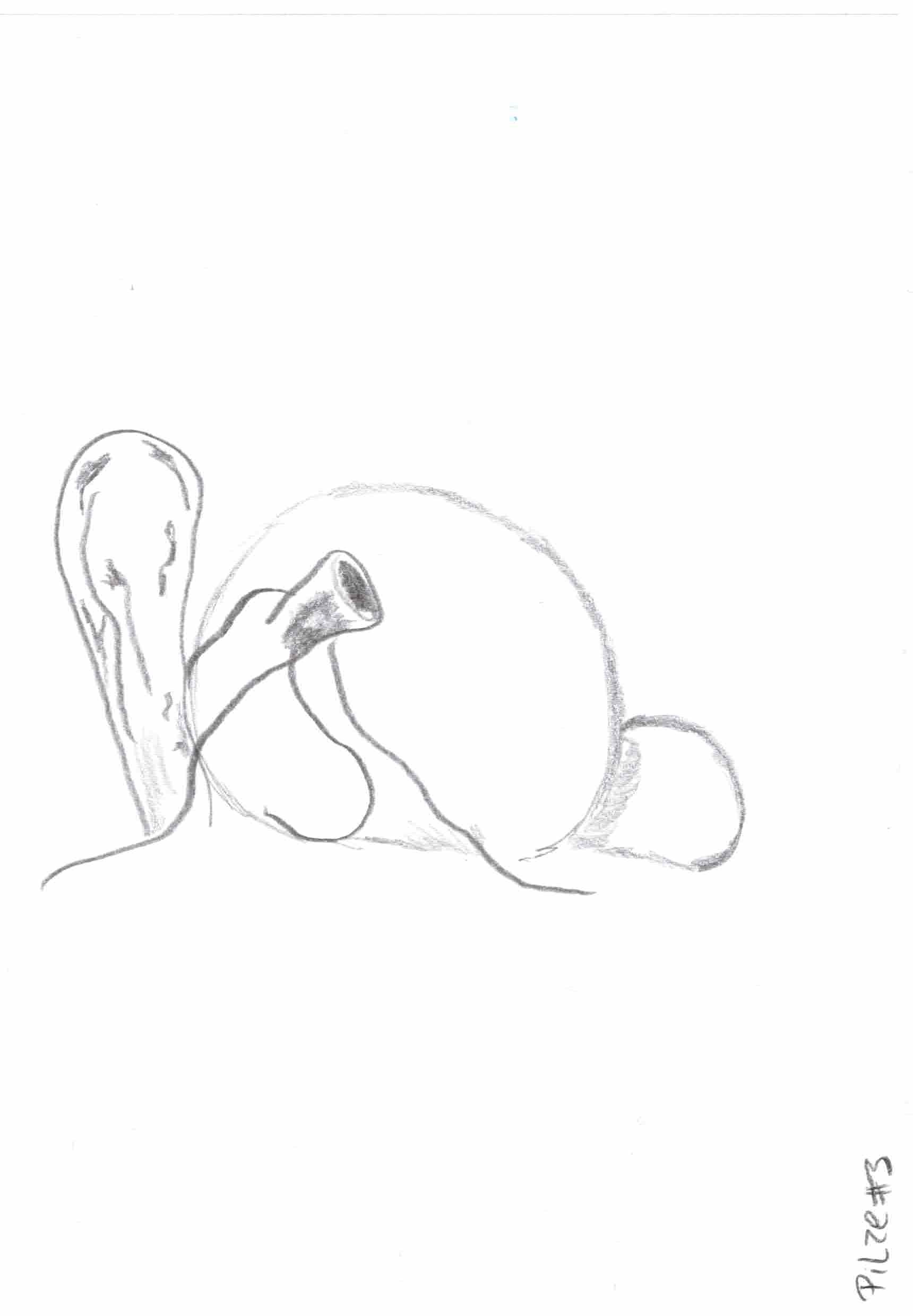
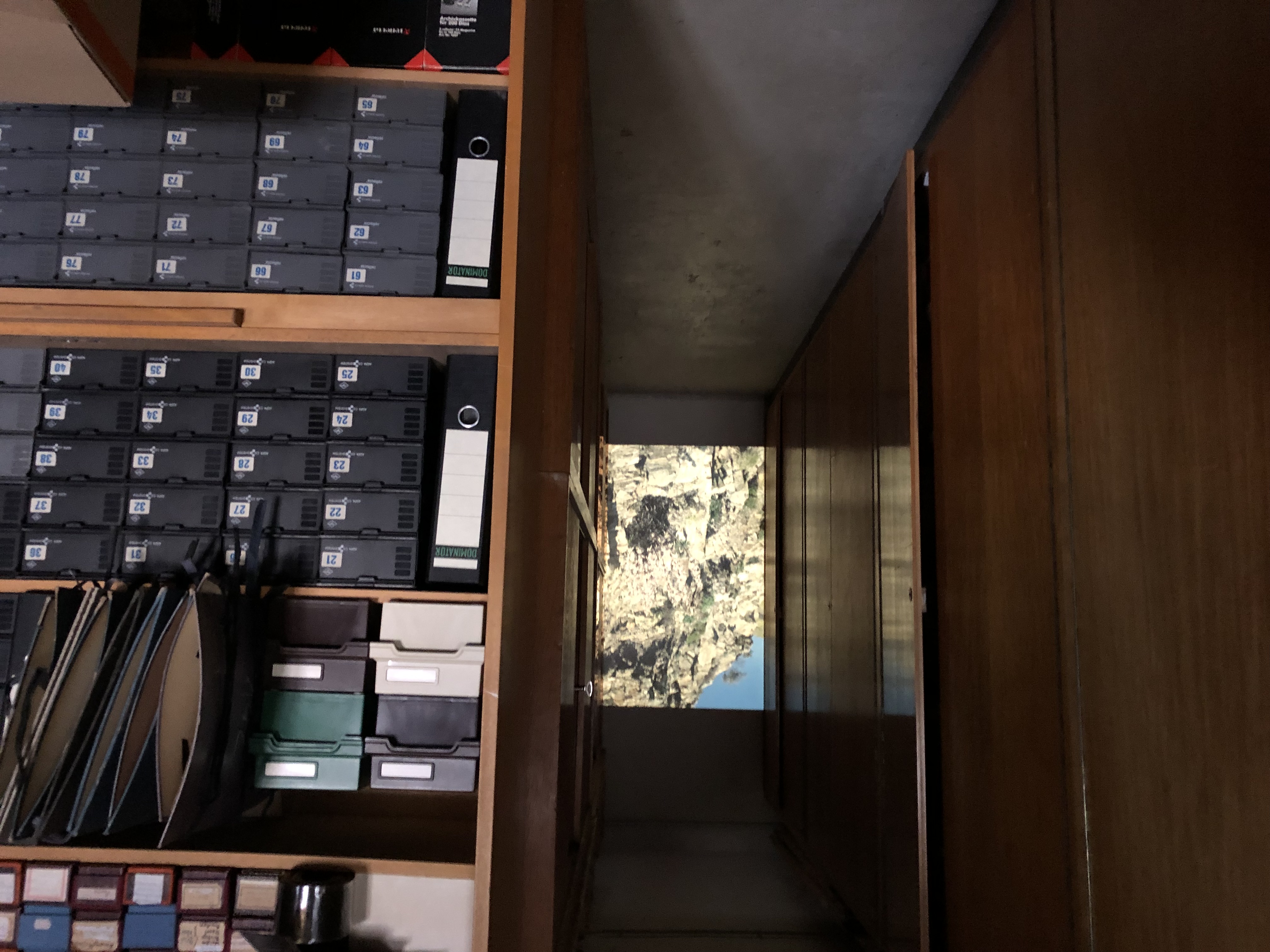
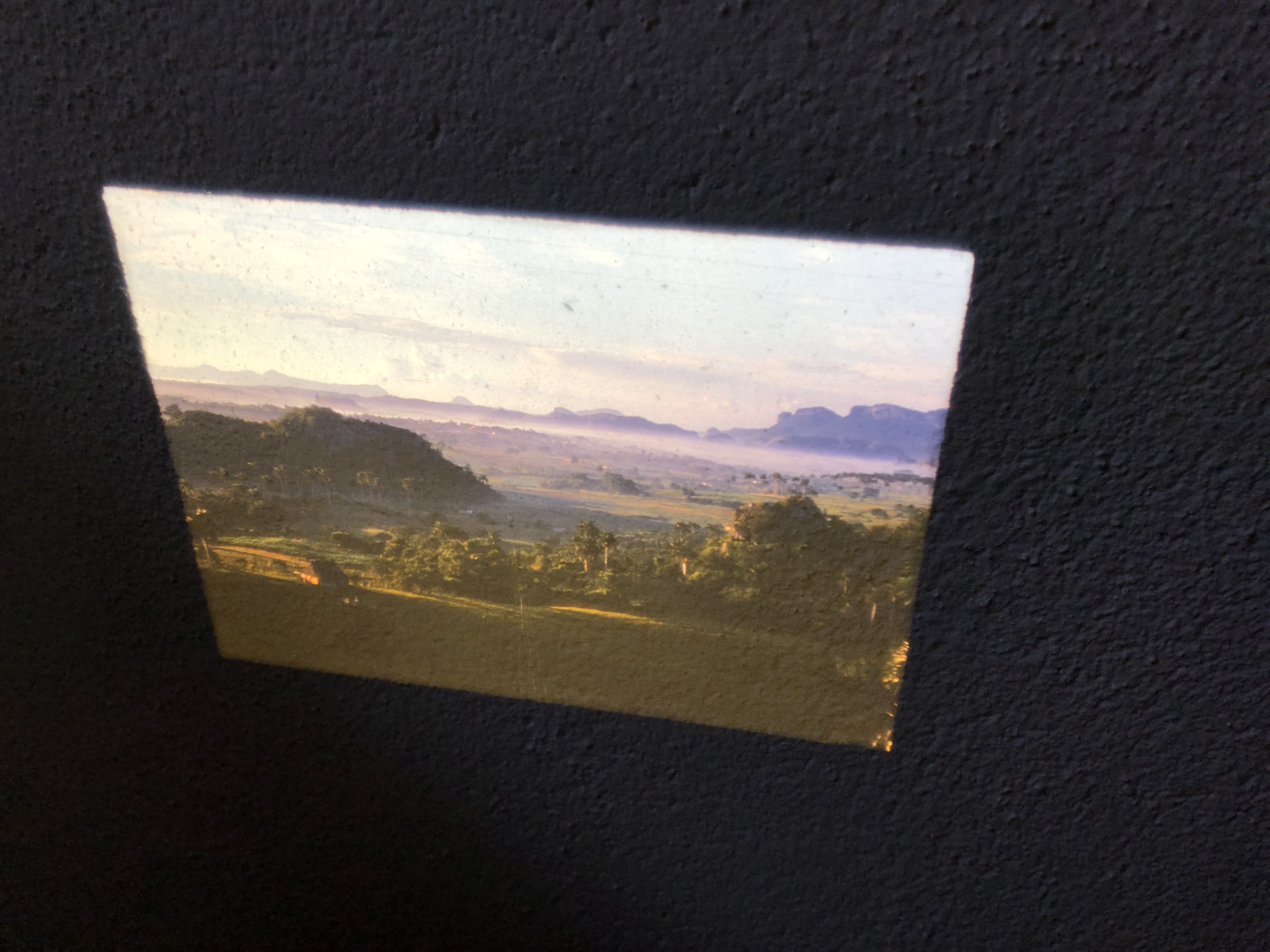
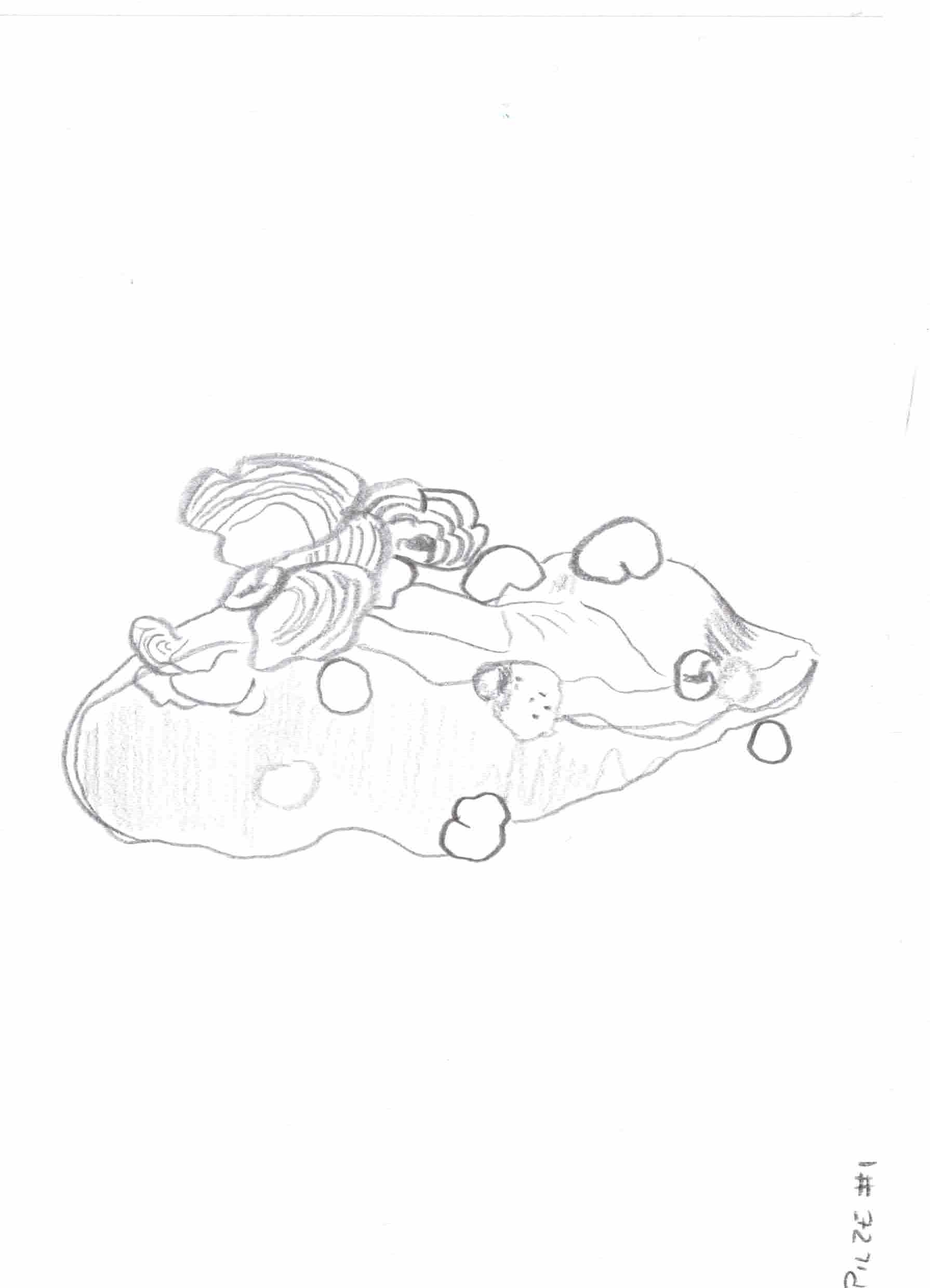
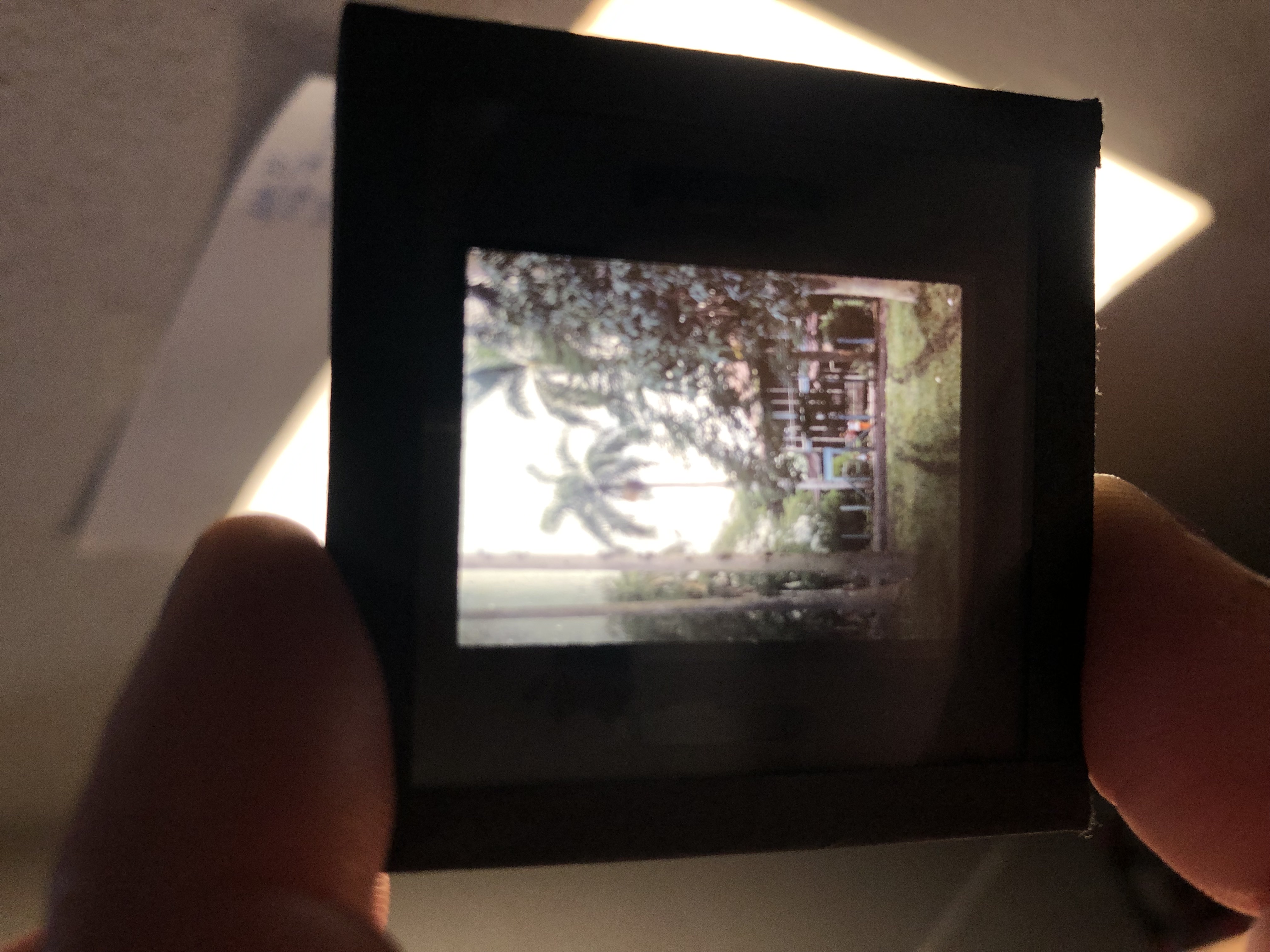
My selection process of the slide film was quite intuitive. I would select a drawer such as the one above “Cuba 77” and then simply go through every image. Some images were tourist photographs while others were landscapes or plant specimens. I was interested in the images that were scientifically intended. Whenever I traced a subject on the paper from the slide image, I would write down the title of the slide photograph and any other identifiable characters on the slide film itself- directly taking the same system of titling as the biologists and botanists themselves.
